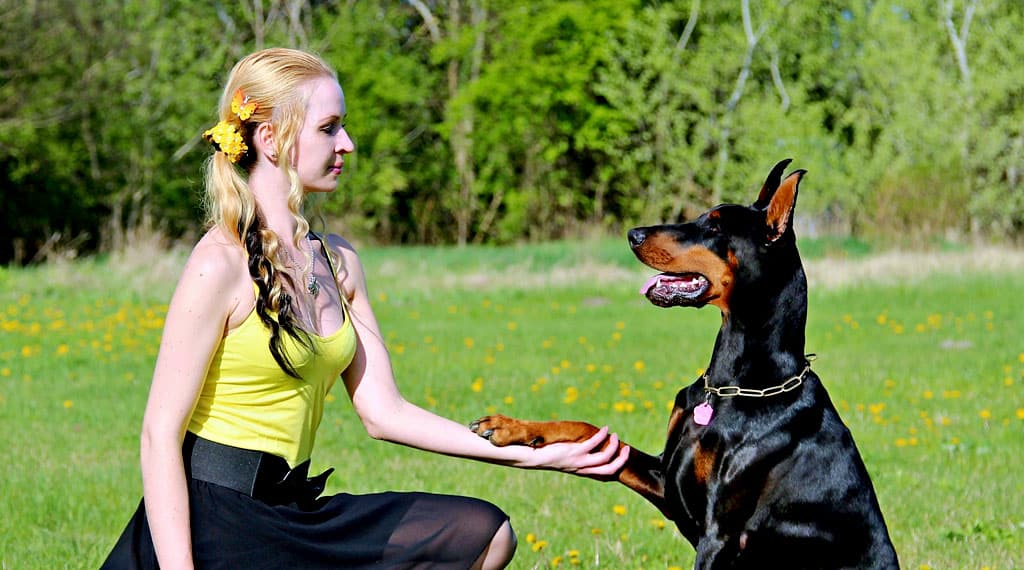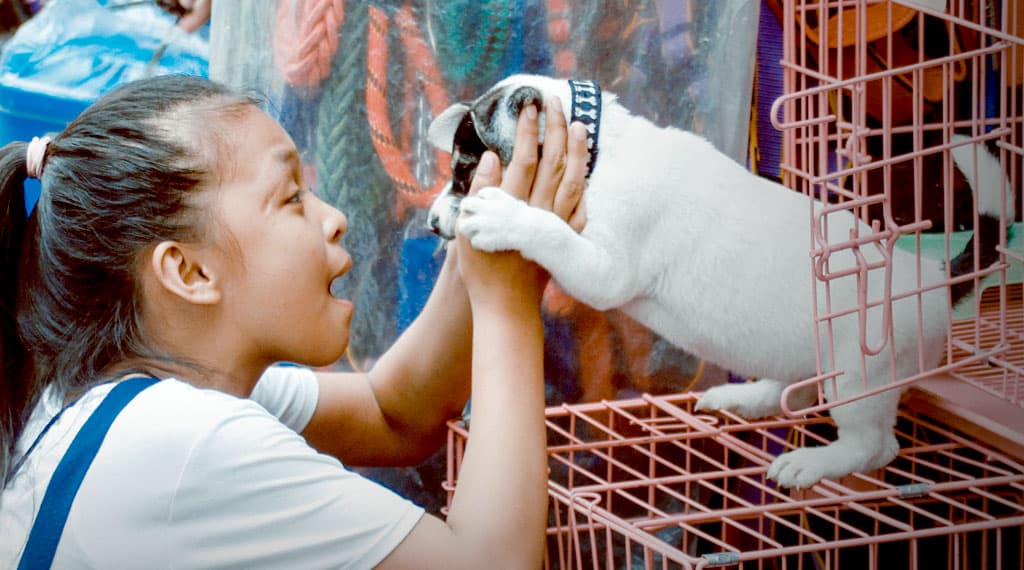Pets are family members too, and we want them to live long, fulfilling lives. A big part of that is maintaining their physical and mental wellbeing. Exercise and healthy habits play a significant role in achieving this goal. Whether you have a dog, cat, bird, or any other pet, this post will provide valuable insights into keeping your companion healthy and happy.
Why Exercise Matters for Pets
A. Physical Health Benefits
Boosts Cardiovascular Health: Regular exercise helps strengthen your pet’s heart and lungs, improving their overall cardiovascular health. This reduces the risk of diseases like heart disease and respiratory problems.
Builds Muscle and Bone Strength: Exercise, especially weight-bearing activities like running or jumping, helps build strong muscles and bones in pets. This prevents injuries and supports their skeletal system.
Reduces Obesity: Excess weight can lead to various health issues in pets, such as diabetes, joint problems, and breathing difficulties. Exercise burns calories, maintaining a healthy weight and reducing these risks.
Improves Flexibility: Stretching and flexibility exercises keep your pet’s joints supple and mobile, ensuring better mobility and balance.
Enhances Coordination: Some exercises, like agility training, improve your pet’s coordination and reaction times, making them more graceful and responsive.
Supports Mental Health: Exercise stimulates endorphins, which positively impact your pet’s mood and reduce stress levels. Happy pets are less likely to develop behavioral issues or anxiety.
B. Mental Health Benefits
Reduces Boredom and Destructive Behavior: When pets lack mental and physical stimulation, they might resort to destructive chewing, digging, or excessive barking/meowing. Exercise keeps them engaged and tired, minimizing these behaviors.
Enhances Socialization: Interacting with other animals during exercise promotes social skills and reduces aggression. Well-socialized pets make better companions and are easier to handle.
Strengthens Bond between Pet and Owner: Engaging in physical activities together fosters a deeper connection between you and your pet. They’ll appreciate the quality time and enjoy your company even more.
Healthy Habits for Your Pets
A. Nutrition
Balanced Diet: Feed your pet a nutrient-rich, balanced diet tailored to their species, age, size, and breed. Consult your veterinarian for personalized recommendations.
Portion Control: Monitor your pet’s food intake to prevent obesity. Divide their daily ration into several meals to avoid overeating.
Fresh Water: Ensure your pet has access to clean, fresh water at all times. Change the water frequently to prevent bacterial growth.
Limit Treats: While treats can be yummy rewards, don’t overdo it. Choose low-calorie options and limit the frequency to avoid weight gain and associated health issues.
Regular Meal Times: Establish a consistent feeding schedule to regulate your pet’s metabolism and avoid digestive problems.
B. Hygiene
Clean Living Space: Keep your pet’s living area clean by regularly removing waste, disinfecting surfaces, and changing bedding. This helps prevent illnesses and unpleasant odors.
Grooming: Depending on your pet’s coat type, grooming can range from occasional brushing to regular bathing and trimming. Proper grooming enhances their appearance, reduces shedding, and prevents skin irritations.
Parasite Prevention: Use flea, tick, and heartworm preventatives to safeguard your pet against parasites. These products come in various forms (e.g., topicals, collars, pills) and protect against different types of parasites. Consult your vet for the best option based on your pet’s needs.
Dental Care: Brush your pet’s teeth regularly to remove plaque buildup and prevent dental issues like gum disease, bad breath, and tooth loss. Use a pet-specific toothbrush and toothpaste.
Fun Exercise Ideas for Your Pets
Now that we’ve covered why exercise matters and healthy habits, let’s look at some fun ways to get your pets moving! Remember to choose activities suitable for your pet’s age, breed, size, and fitness level. Always consult with a veterinarian before starting a new exercise routine, especially if your pet has existing health conditions.
A. Dog Exercise Ideas
Go for a Walk: Take your pup on a leashed stroll around the block, through a park, or along a scenic trail. Walks provide excellent cardiovascular exercise and allow your dog to explore new sights and smells.
Play Fetch: Throw a ball, toy, or treat, and encourage your dog to retrieve it. Fetch games promote physical activity and mental stimulation.
Agility Training: Set up an obstacle course using items like tunnels, cones, and jumps. Guide your dog through the course, gradually increasing difficulty as they become more confident. Agility training boosts physical fitness and mental acuity.
Swimming: If your dog enjoys water, take them to a dog-friendly pool, lake, or beach. Swimming provides low-impact exercise, ideal for dogs with joint issues or those who need to lose weight.
Interactive Toy Play: Engage your dog in interactive playtime using toys like puzzle toys, treat-dispensing toys, or flirt poles. These activities challenge their mind and encourage physical movement.
B. Cat Exercise Ideas
Playtime with Toys: Cats adore chasing and batting toys, which provides entertainment and exercise. Try wands with feathers, laser pointers, or catnip-infused toys.
Laser Pointer Exercise: Cats love to follow moving targets, so use a laser pointer to create a “red dot” for them to pursue. This game encourages natural hunting instincts and burns energy.
Cat Agility: Create a simple agility course using household items like cardboard boxes, paper bags, and paper towel rolls. Entice your cat through the course with treats or toys, gradually increasing complexity.
Window Perch: Place a comfortable perch near a window, allowing your cat to observe wildlife outside while getting some exercise from stretching and moving around.
Conclusion
Keeping your pets active and healthy requires a combination of regular exercise and good habits. By implementing the tips and ideas shared in this post, you’ll help ensure your furry friend leads a happy, fulfilling life. Don’t forget to consult your veterinarian for customized advice based on your pet’s unique needs and characteristics. Now go have fun with your pets, and remember – a healthy pet is a happy pet!



